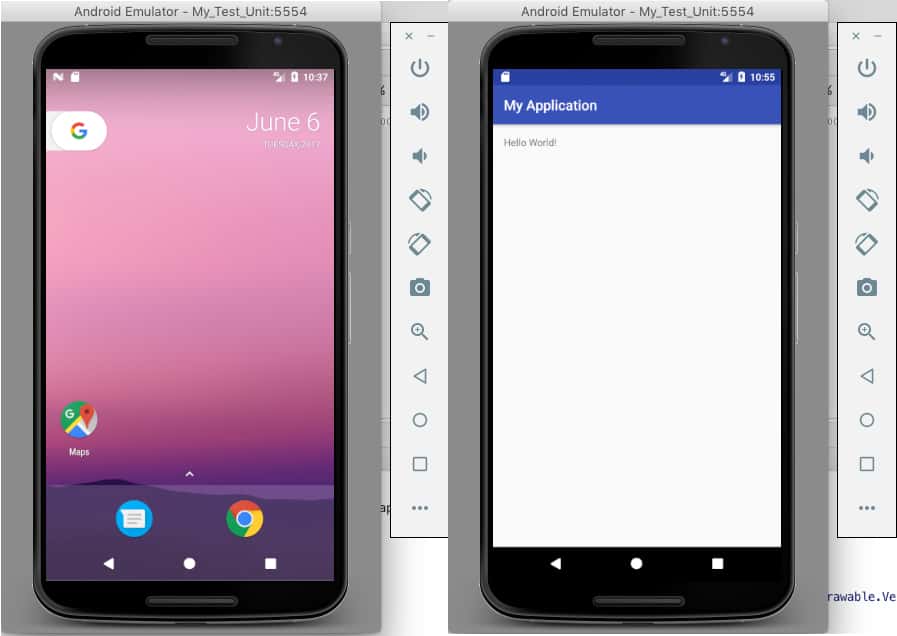

A recent version of Android Studio (3.5+).How to set up your banner with a background.How to integrate an Adaptive Anchor Banner with your application.How to install the AdMob SDK in your application.In this CodeLab, you're going to create a new blank application and then implement an Adaptive Anchor banner in the Java language What you'll learn Over the course of the codelab, you'll install the AdMob SDK, prepare your layout, and add code to load and display an Adaptive Anchor banner. You'll start with an empty app created by Android Studio with no ads. This codelab will walk you through integrating an Adaptive Anchor banner to a new application. AdMob then chooses the optimal banner creative for the device requesting the ad and the space available, aiming to maximize revenue performance and fill the available space. In this new API, publishers requesting an Adaptive Banner ad specify the maximum available width for ads in the given placement, and pass this width to the banner ad request. Improving on smart banners, which only supported fixed heights, adaptive banners let developers specify the ad width and use this to determine the optimal ad size.ĪdMob supports Adaptive Banners by providing the Adaptive Banner API-a new way to request banner ads, and it only requires minimal changes from the existing banner ads API. Ovo supports all of the above, yet they are not ovo‒ or vendor-specific.Adaptive banners are the next generation of responsive ads, maximizing performance by optimizing ad size for each device. (Note that some of the times are in milliseconds while others are in seconds.) Intents with action _TIMER extra .LENGTH set to 120 and extra .SKIP_UI set to true will start a timer that counts down to two minutes in the future with little visual feedback.



 0 kommentar(er)
0 kommentar(er)
